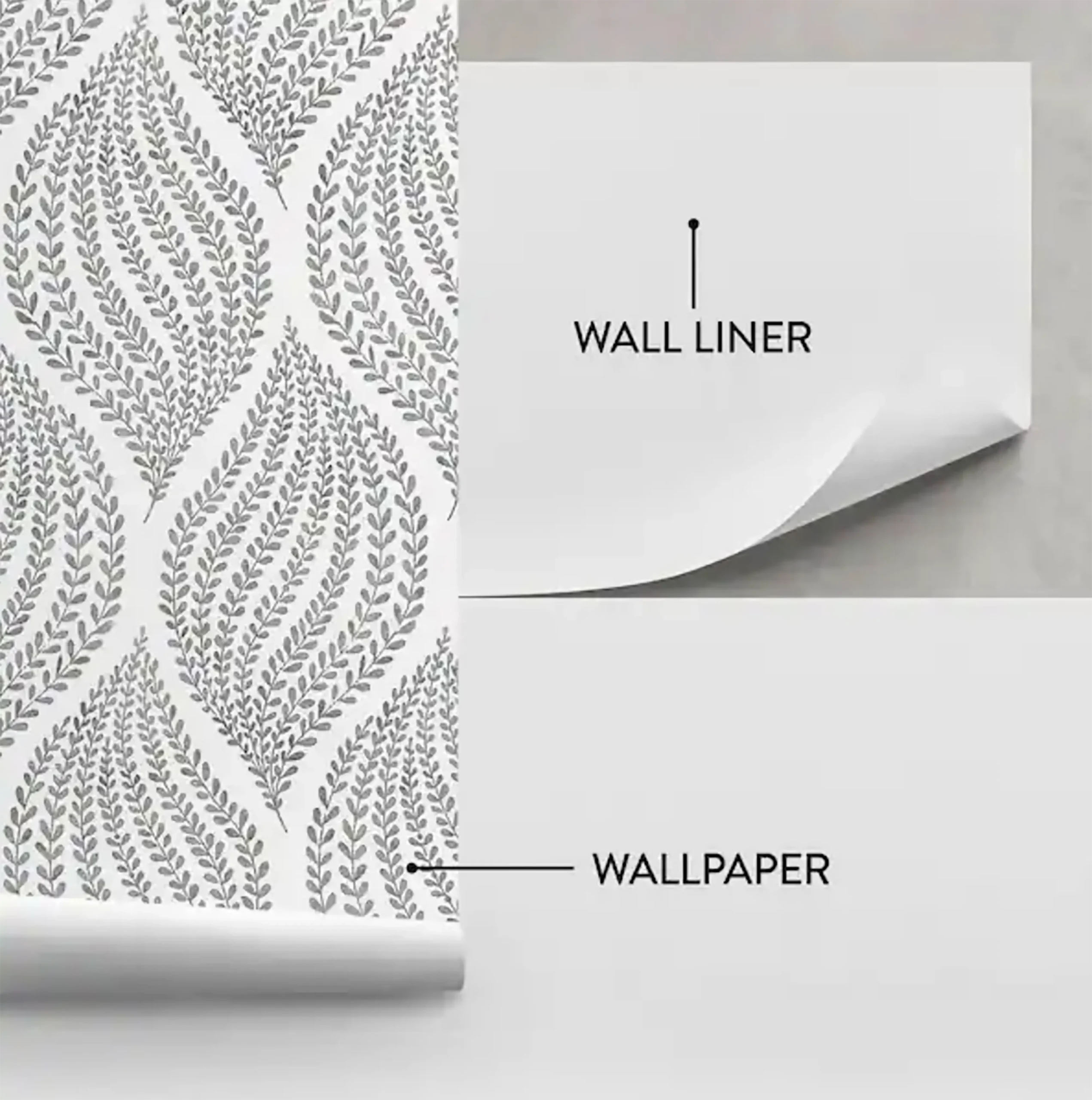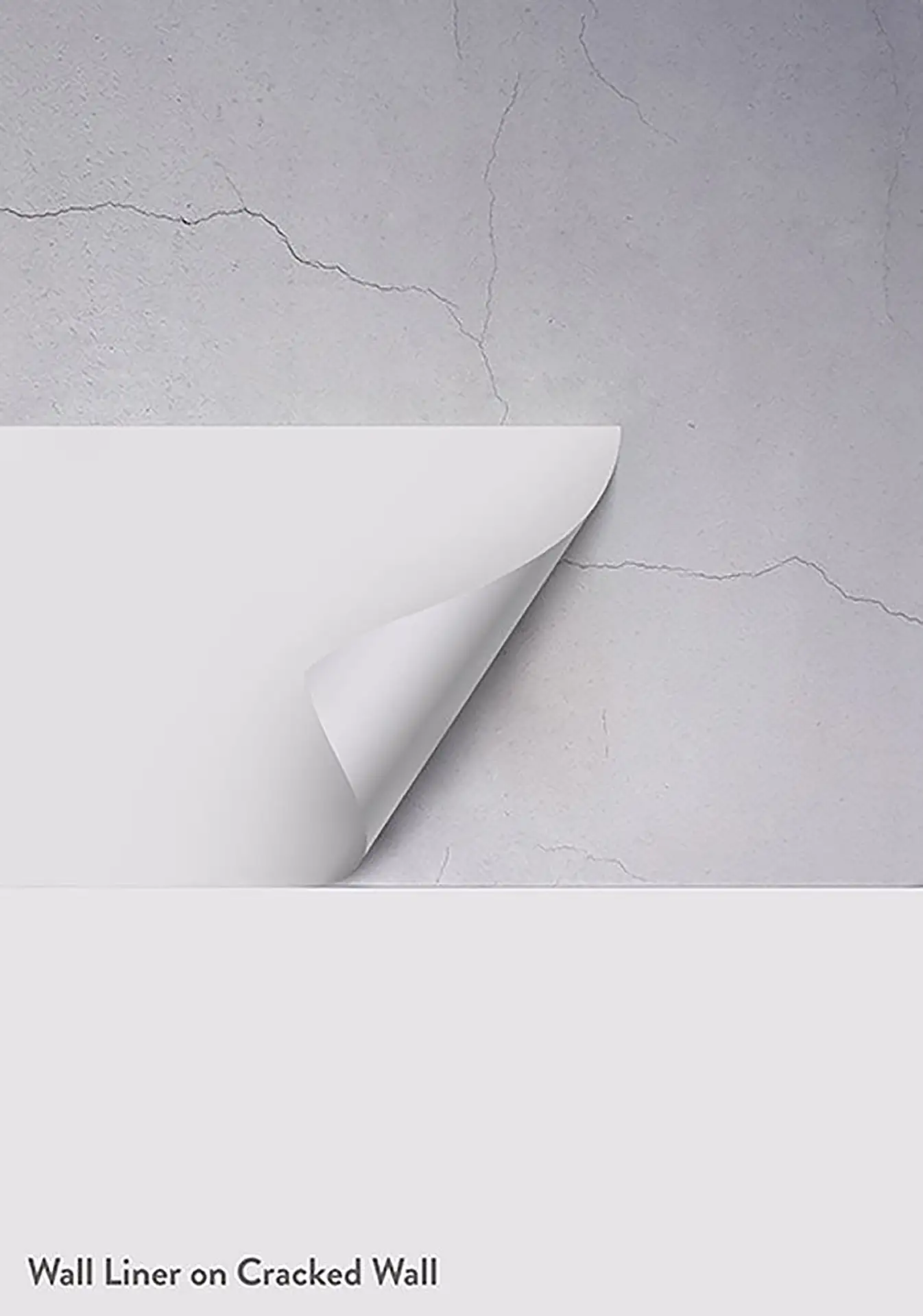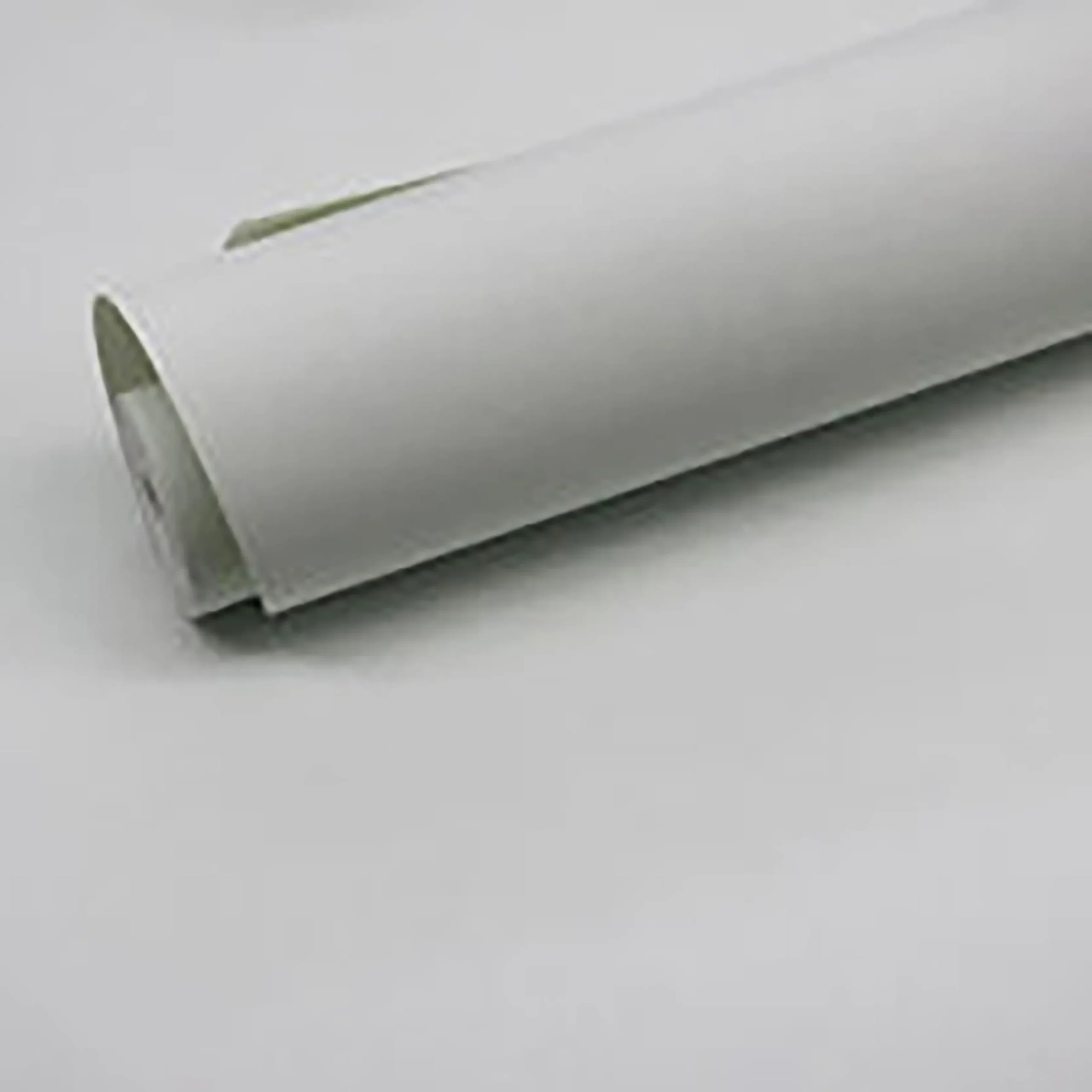
Why Should I Use Lining Paper Before Wallpapering?
While most installers often overlook the importance of lining paper, it can be the difference between an uneven appearance and a smooth, long-lasting, professional finish. Using lining paper before wallpapering will boost the appearance and quality of your project while increasing its longevity within your home or business.
There are many additional benefits of applying lining paper before wallpapering. That’s why Hester Painting & Decorating, with over 60 years of combined professional experience, and wallpaper manufacturers recommend using lining paper when decorating your walls.
Manufacturers often leave it up to the professional installer to decide what is best for the end result.
Applying lining paper before hanging wallpaper is a key component to achieving a flawless finish. You (or your clients) will be surrounded by the finished walls every day, so it is important to minimize ALL possible issues. Our goal is to achieve the best possible finish, and as a result, every process needs to be accounted for in terms of preparation. Installing lining paper is a necessary step in preparing your walls and will lead to the flawless finish that your project needs.
Simply put, we read and follow the manufacturers’ directions and recommendations. However, in the end, we trust our years of experience above anyone or anything else!
What Is the Purpose of Using Lining Paper?
Ever notice how some paints reflect more light than others? The glossier the finish, the more light it reflects. This phenomenon occurs because a flat or matte paint finish will absorb light, creating a soft and smooth finish. On the other end of the sheen spectrum, a high gloss finish reflects a lot of light, making walls appear shiny, which lends spaces a brighter, more dynamic feel.
Why Sheen Matters for Aesthetics and Durability
Walls could be primed with less than quality primer or painted with all different kinds of paint. They will experience cracks, and multiple fillers will be applied throughout the years. This means that many areas of your walls will exhibit different levels of porosity, resulting in poor absorption for your wallpaper. The result? Your wallpaper would dry at different times, creating a multitude of problems.
If you were to hang gracie paper straight onto your wall without lining paper, you are at risk of seams or edges opening, splitting, and lifting; shading or moisture staining issues from the paste; or bubbles spreading throughout. No matter how much time you have put into your preparation (such as filler and sanding), without lining paper, you are at risk of an unsatisfactory finish and wallpaper performance that is subpar.
Like all paper, when wet, wallpaper will expand. When it dries, it shrinks. Once wallpaper is applied to a wall without lining paper, the natural process of expanding and shrinking will cause the seams to pull apart, resulting in an uneven finish that is displeasing to the eye. Lining paper prevents this from occurring, as your lining paper and wallpaper will mesh together and become one. This is one of the most beneficial aspects of lining paper.
When applying wallpaper on top of lining paper, it’s good practice to apply the lining paper horizontally, known as cross-lining. With lining paper being applied first, the absorbent qualities of the lining paper help to anchor the wallpaper pasted on top and lock the wallpaper into its expanded place, preventing shrinkage and seam-splitting. Also, it allows the moisture from the paste to be absorbed into the lining paper rather than penetrating through the face of the wallpaper.
When the finished wallpaper is applied without lining paper, the expanding and shrinking that takes place may pull on any paint or filler that it has been exposed to underneath, causing the wallpaper to pull away from the wall. Lining paper and wallpaper pull against each other, creating a force that has nowhere to go. In other words, it stays intact and remains aesthetically pleasing.

Other Advantages of Using Lining Paper
Along with creating a smoother finish for your walls or ceiling, lining paper can help disguise small imperfections on the surface of walls and reduce the likelihood of stains or marks appearing through your wallpaper. Other advantages to using lining paper include:
- Smoothing – lining paper is commonly used to smooth out your walls to achieve a good, flat finish so your wallpaper can be applied easily, whilst reducing the risk of splitting edges. It also helps to disguise hairline cracks in walls as well as noticeable plastering imperfections.
- Durability – As your wallpaper is applied to your lining paper, it is more likely to stay in place and less likely to peel off than if it were applied directly to a bare wall.
- Reduce staining – Substances on the wall may leach into the wallpaper once it has been hung directly onto the wall. Lining paper reduces this risk as it is not in direct contact with the wall.
- Insulation – Every layer that you apply to your walls creates an extra layer of insulation for your home. The air that is trapped between the lining paper and wallpaper is energy efficient, so it keeps your home warmer for longer.
What Wallpapers Require or Suggest a Lining Paper?
Products that are 100% paper, such as, but not limited to: Gracie, deGourney, Fromental, Farrow & Ball, Cole & Son, Ralph Lauren, to name a few. 100% of all metallic leaf and wallpapers with metallic elements, venetian plaster paper, rice and tea paper, bark paper, silk, fabric, felt, cotton, custom murals, and hand-painted vinyl. Most nonwoven and printed wallpapers. Generally speaking, any wallpaper that is 27” wide or narrower.

What Wallpapers Do Not Need Lining Paper?
Most 54” and wider vinyl, most (but not all) 36” and wider grass cloth, weaves, jute, straw, and all other natural grass-like materials.
Do I Have the Option Not to Have Lining Paper Installed?
Yes, the customer has the right to decline the additional cost of purchasing and installing lining paper. The customer must sign our “Customer Acknowledgement” of their refusal to install lining paper, which is a form that will be emailed to you separately if requested. Please note: There will be NO warranty against seams or edges opening, splitting, and lifting; shading or moisture staining issues from the paste; or bubbles spreading throughout. The customer will be responsible for all costs of purchasing new wallpaper, labor, and material costs for the removal of failing paper, preparation, priming, lining, and reinstallation of new wallpaper.
It is in our opinion and in our customers’ best interests to simply trust us!
Want a Flawless Finish?
See why lining paper matters.
